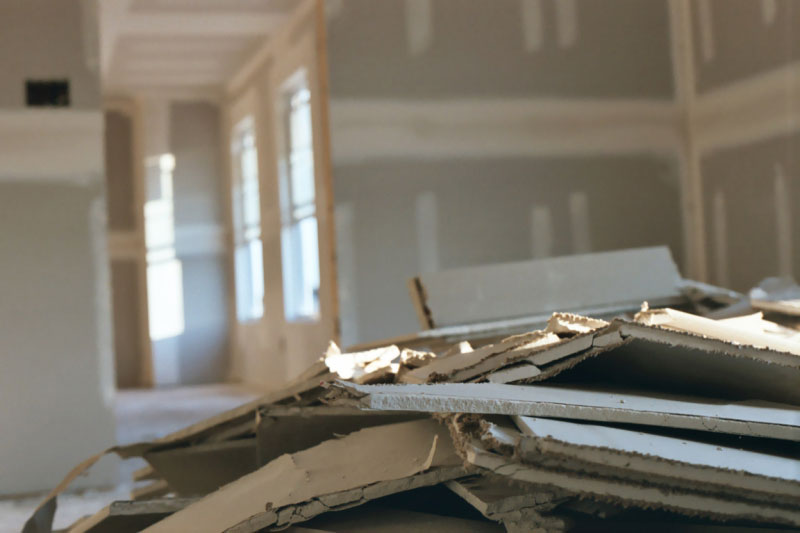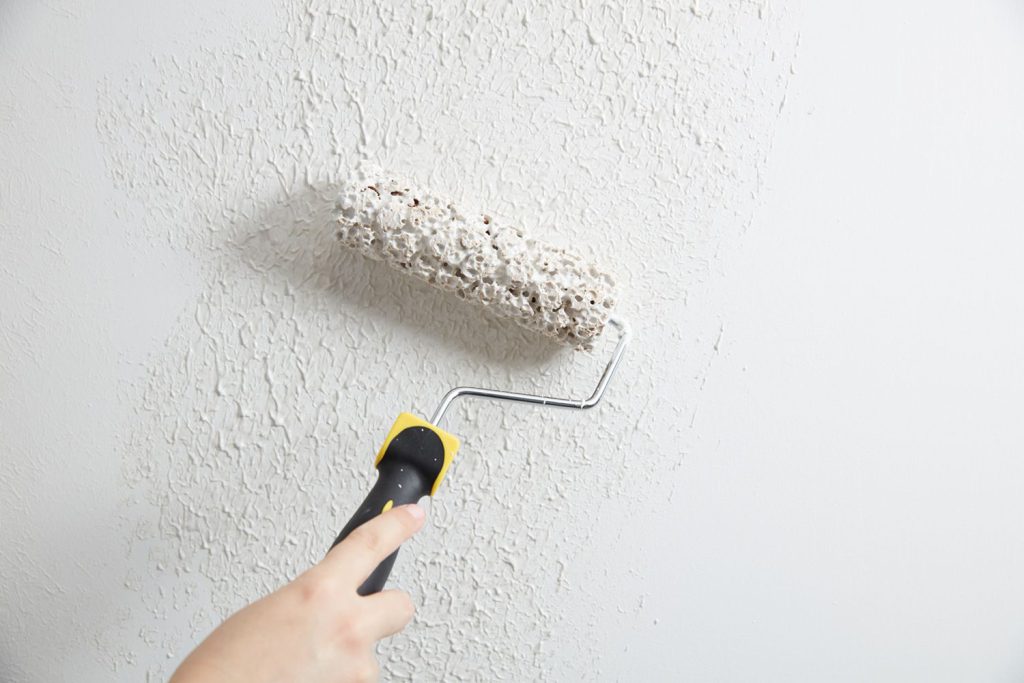Plaster, World War II, and How Drywall Came to Be Used in Your House

Nearly every home, in every state, in every corner of the United States uses drywall to make interior walls and ceilings. But what is the history of drywall? And how did it come to be? Also, what actually was used before drywall?
Our team did the research and shares with you below:
Drywall is a panel made of gypsum plaster pressed between two thick sheets of paper. It was founded in 1916 and originally called “Sackett Board.” It took less than 10 years to take on the form we’re most familiar with and is now commonly called drywall, plasterboard, wallboard, sheetrock, and/or gyp board. Builders were quite hesitant to start using drywall at first. It was considered a “cheap” alternative to plaster, which had been around for millenniums. But World War II changed that. There was a severe labor shortage in the United States which meant quick and inexpensive building materials were needed. There was also a high demand for housing.
Drywall was the best possible option.
And drywall technology has continued to develop in the best possible way. You can purchase drywall in nearly any size or shape – and in a variety of types. Fire and water-resistant, insulated, soundproof, and more. Labor is fairly inexpensive too. There is no longer any need to trowel two or three layers of plaster over lath to complete a project. Just need some tape and some drywall mud.
What’s next for drywall?
The future only knows. But day-by-day the methods for manufacturing and installing drywall are improving. And our team is always on the cutting edge ensuring we’re able to provide the best possible service to our customers throughout the greater Newark area. Want to learn more? Connect with us anytime. Our team is available anytime to help meet your drywall needs.
